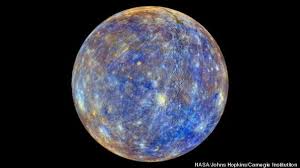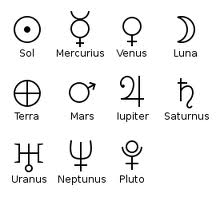 Duality and Unity: Planets in Gemini
Duality and Unity: Planets in Gemini
by Alan Oken
As our inner eye awakens, it sees with ever-increasing clarity the relationship between the visible and the invisible, and knows that these two are drawing ever closer together. —A.O.
Sun in Gemini:
The solar force and thus the sense of personal identity expresses in Gemini as a desire to experience life through constant variations in what one does and how one does it. There is a great need for intellectual stimulation that at its best is the constant pursuit of knowledge and the life skills that come with knowing. When negative, this orientation leads to dissipation, diffusion, and instability. There is a definite propensity to dualism: two relationships, two jobs, two sets of opinions, etc. Yet when under the direction of the coordinated and integrated mind, such dualism is holistic in nature, allowing the individual to multitask successfully. When it is not, Gemini is seen to scurry about trying to be in two (or more!) places simultaneously and not succeeding at all.
Moon in Gemini:
Continue reading

















Recent Comments